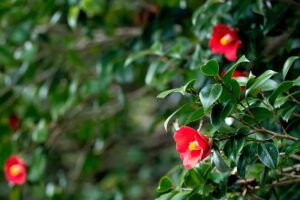March heralds the beginning of spring in Georgia, bringing with it warmer temperatures, longer days, and an opportunity for gardeners to awaken their beds from winter dormancy. With rich soil, a diverse climate, and a variety of USDA plant hardiness zones (primarily 7b to 8a), Georgia offers excellent prospects for sowing seeds and planting.
This guide covers what vegetables, flowers, herbs, and landscape plants you can plant in March across the different regions of Georgia.
Vegetables To Plant
Planting vegetables in March not only takes advantage of the burgeoning spring weather but also ensures a bountiful harvest in the months to come. Here are 10 vegetables that thrive in Georgia’s climatic conditions.
Lettuce
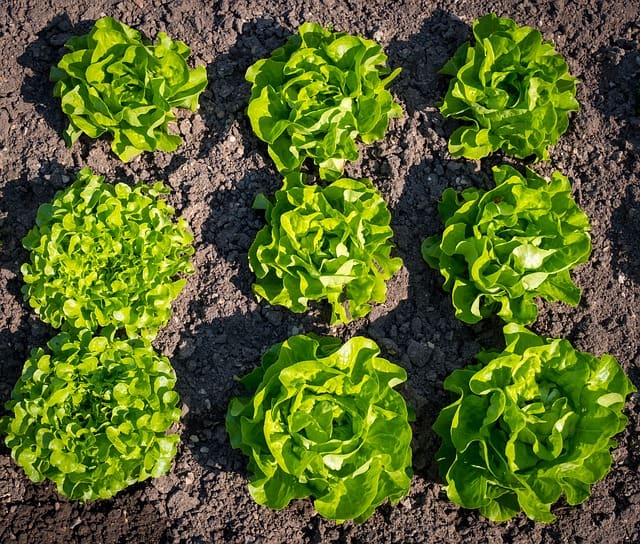
Lettuce is a cool-season crop that can be planted in early March in Georgia. Varieties like romaine, butterhead, and leaf lettuce germinate quickly and grow well in temperatures ranging from 45°F to 70°F. These greens can tolerate light frost, making them ideal for early spring planting. In regions like North Georgia (Zone 7b), sow seeds directly into well-drained soil. South Georgia (Zone 8a) can support earlier plantings, with optimal germination occurring when soil temperature is around 60°F.
Spinach
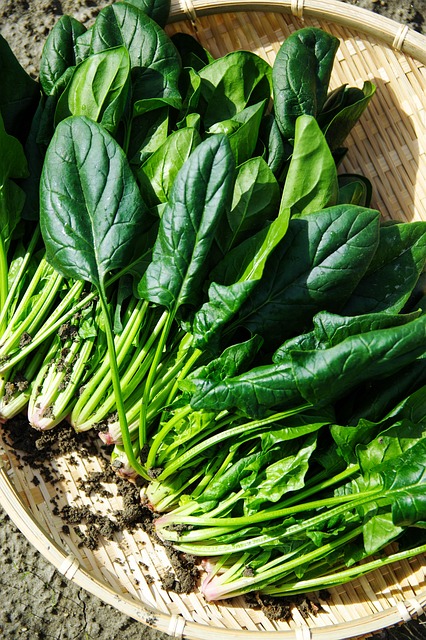
Spinach is another leafy green that thrives in the cooler temperatures of early spring. Plant spinach seeds in March as soon as the soil can be worked. Similar to lettuce, spinach prefers temperatures around 50°F to 60°F. It can even tolerate a light frost, making it a reliable option for Georgia’s gardening enthusiasts. Spinach grows well in rich, well-amended soil and is typically ready to harvest within 30 to 40 days after planting.
Peas
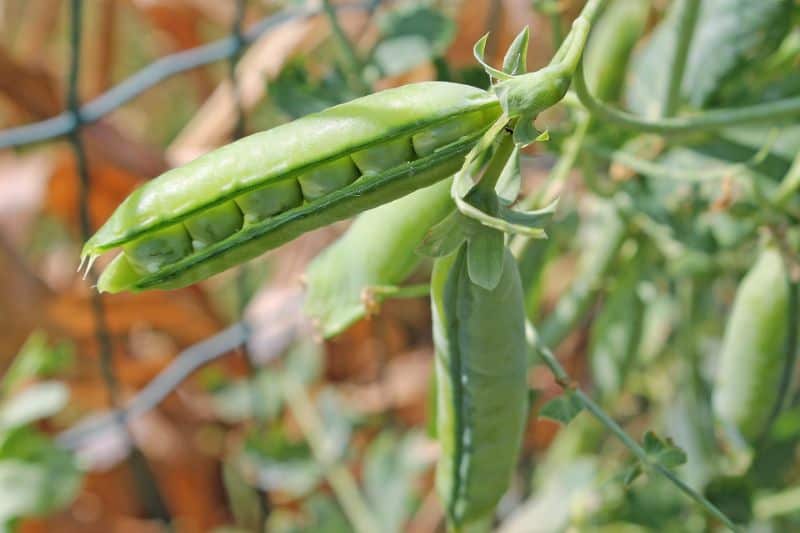
Sweet peas, specifically snap peas and snow peas, can be planted in March. Peas prefer cooler weather and should be sowed early to ensure they mature before the heat of the summer. Ideal soil temperatures are around 50°F to 70°F. In Georgia, March is a suitable time to plant peas as they thrive in well-draining soil with plenty of organic matter. With a growth period of about 60 days, these hardy legumes should be ready for harvest by late May.
Carrots
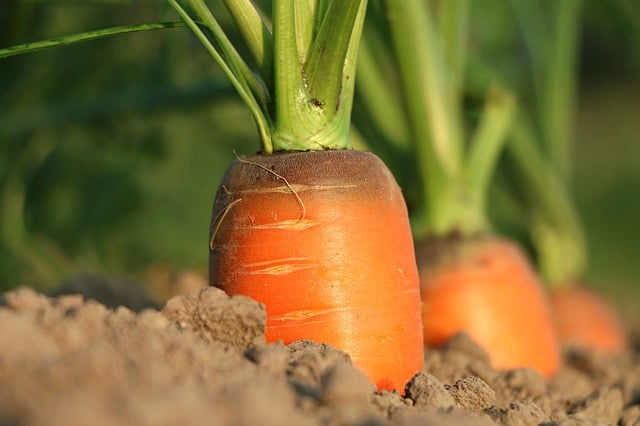
Carrots can be sown directly into the soil in March when the temperature ranges from 55°F to 70°F. Carrots require a loose, well-drained soil for optimal growth; rocky or compacted soils can lead to misshapen roots. In the different regions of Georgia, make sure to thin the seedlings regularly to allow the remaining plants enough space to grow. Carrots typically take around 70 to 80 days to mature.
Radishes
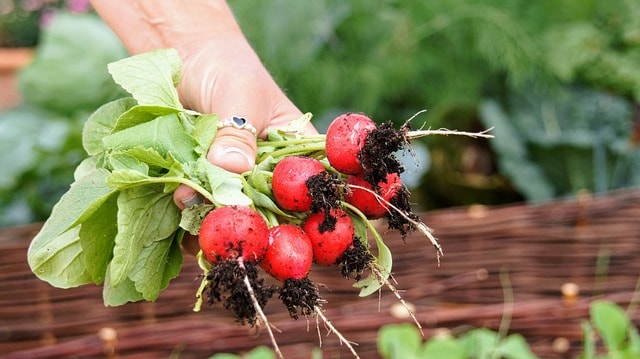
One of the quickest-growing vegetables, radishes can mature in as little as three weeks. Plant seeds directly in well-drained, loose soil during March. Radishes tolerate temperatures as low as 40°F making them perfect for early spring gardening. They also thrive in sunny spots but can handle partial shade. Harvest radishes when they are about the size of a golf ball for the best flavor.
Beets
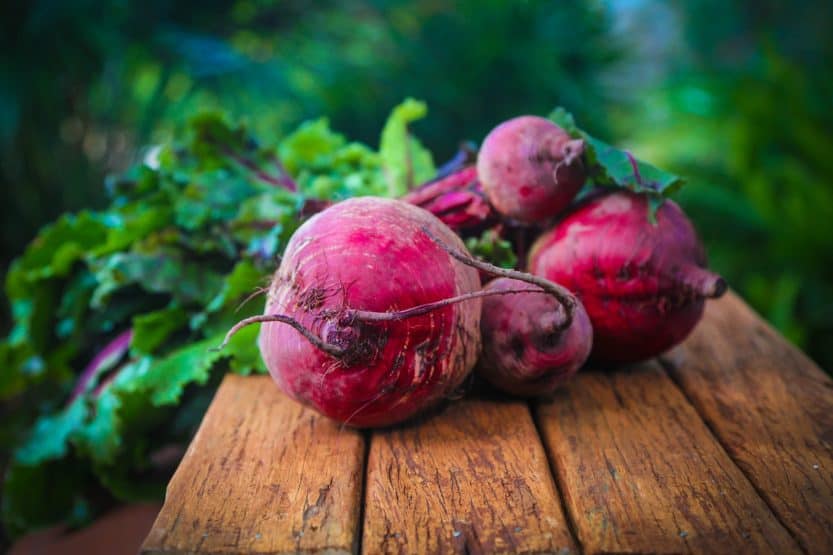
Beets are versatile and can be planted in March. They prefer cooler temperatures, making early spring an ideal time for planting in Georgia. The soil should be kept moist but not soggy. Beets thrive in temperatures of 50°F to 75°F and are known for their nutrient-rich roots and edible greens. Expect beet seeds to germinate within 7 to 14 days, and plan for about 50 to 70 days to maturity.
Broccoli
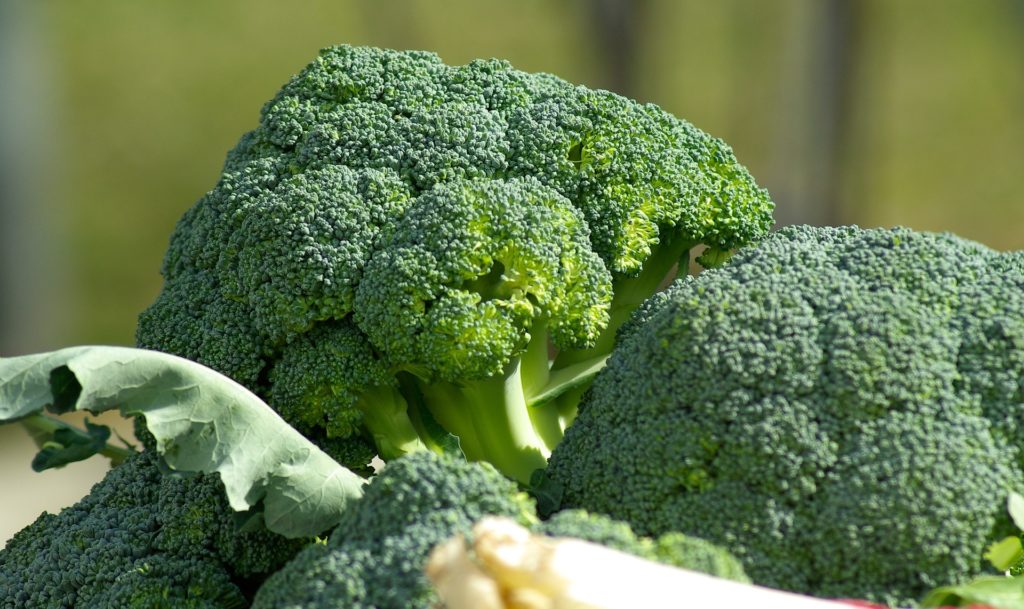
Broccoli is another cool-season vegetable that can be successfully planted in March in Georgia. This brassica family member thrives in temperatures from 60°F to 70°F. Seedlings or transplants can be planted directly into the garden beds early in the month. Be sure to provide them with nutrient-dense soil and consistent watering. Broccoli typically takes 90 to 120 days to form its healthy heads, ready for harvest before the real heat sets in.
Cabbage
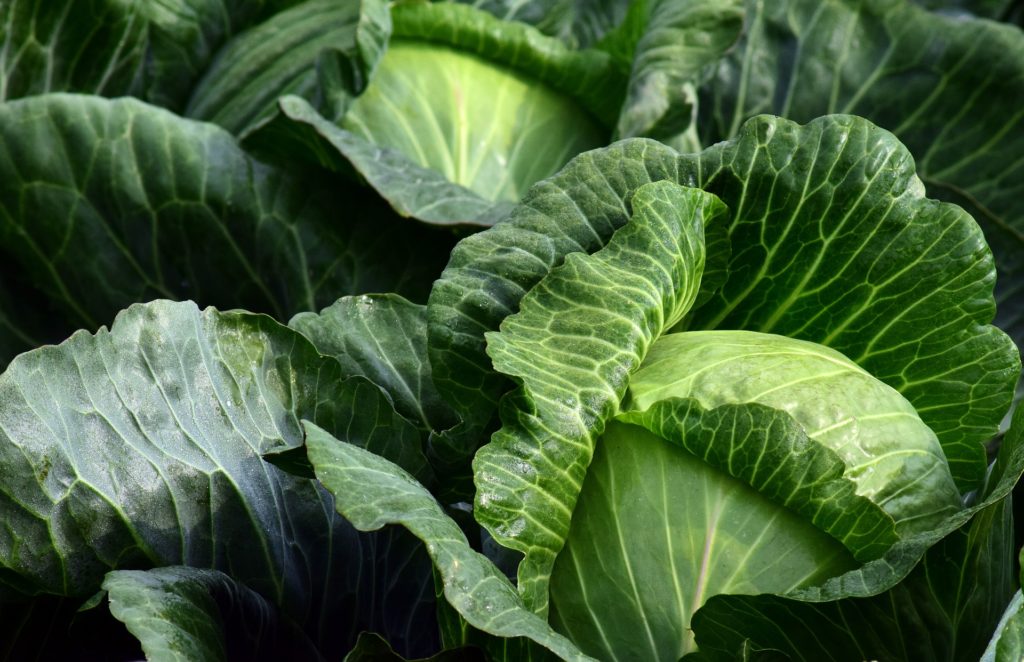
Cabbage, related to broccoli, is also suitable for March planting. It can be grown from seeds or transplants. Cabbage prefers temperatures between 60°F to 70°F. Keep in mind that while the seedlings can tolerate cooler weather, they appreciate good air circulation and moisture in the soil. Cabbage takes around 70 to 100 days to reach maturity, and its dense leaves can be harvested once heads are firm.
Onions
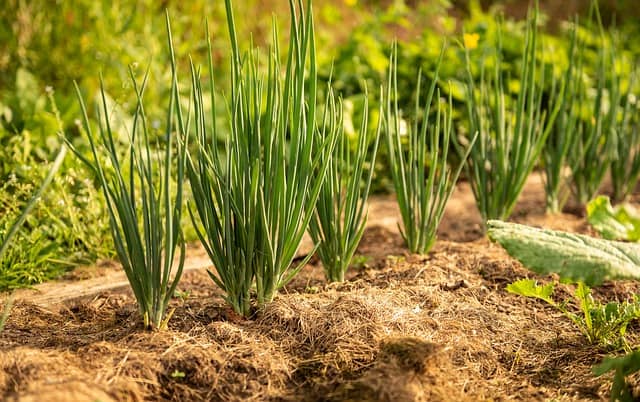
March is an excellent time to plant onions in Georgia, especially if you’re using onion sets or transplants. Onions thrive in well-drained soil; they appreciate adequate humidity and temperatures of around 50°F to 75°F. Onions can be grown as either short-day or long-day varieties depending on your specific locality’s exposure to daylight. Expect a growing period of about 90 days for standard onions.
Zucchini
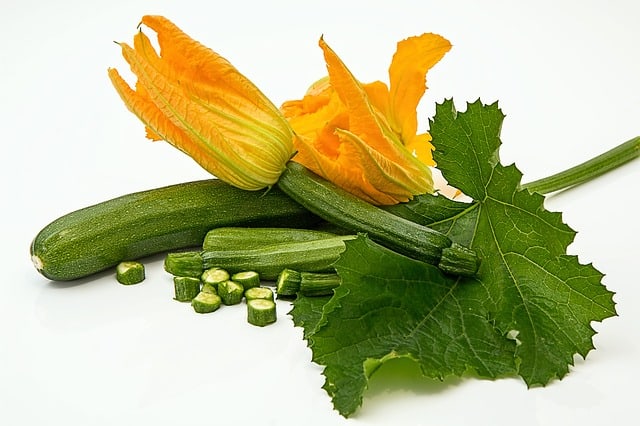
Zucchini can be planted at the end of March in Georgia, particularly in the warmer southern regions. This summer squash thrives in full sun and well-drained soil with a preferred temperature range of 70°F to 95°F. Plant zucchini seeds directly in the garden bed once the threat of frost has passed, and they should sprout within a week. Zucchini matures quickly, with harvest often beginning in just 60 days.
Flowers To Plant
Spring is an opportune time to introduce a vibrant array of flowers to your garden in Georgia. March is when you can sow seeds or transplant seedlings of numerous beautiful floral species.
Pansies
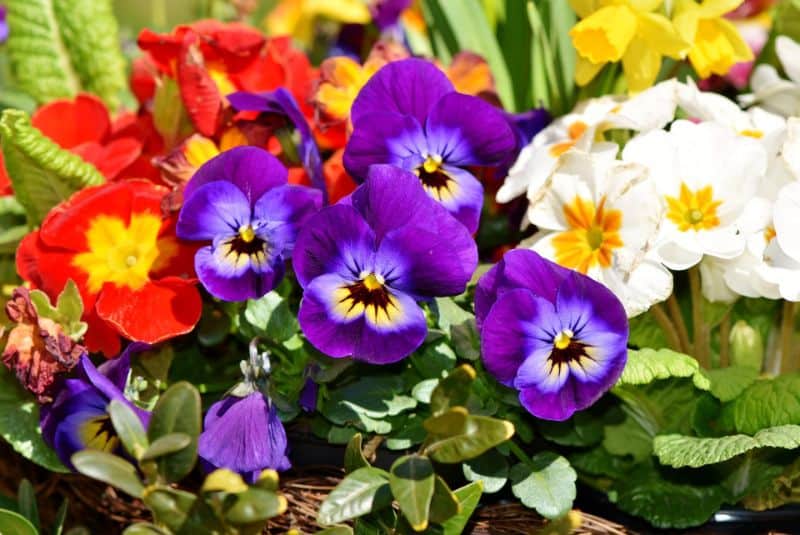
Pansies are a popular cool-season flower that can be planted in March for vibrant spring color. They thrive in temperatures ranging from 60°F to 70°F and can tolerate light frosts. Plant them in well-drained soil in a sunny location. Pansies are versatile and can be used as border plants or in containers, littering your space with cheerful blooms.
Snapdragons
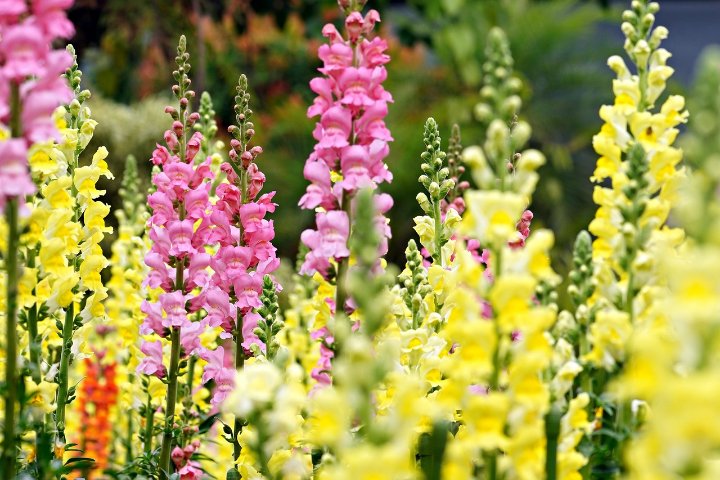
Snapdragons are hardy annuals that bloom profusely during spring. Ideal planting time in Georgia is early March. They prefer cool temperatures and perform best when daytime highs are between 60°F and 70°F. Snapdragons come in a variety of colors and can add height to flower beds; they also thrive in full sun and well-drained soil.
Petunias
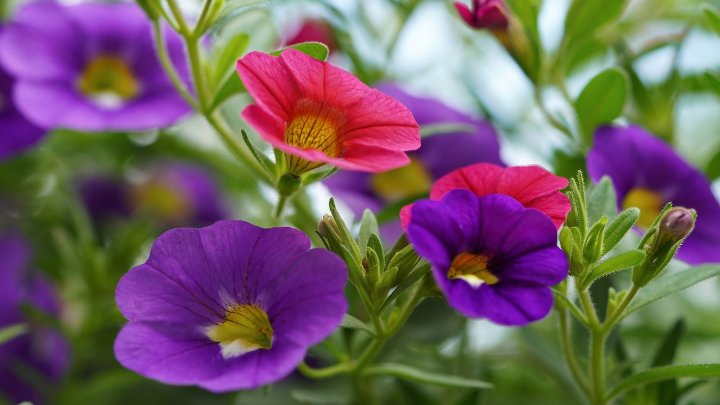
Petunias can be started indoors in late February or directly sown into the garden by mid-March. These vibrant annuals thrive in slightly warmer temperatures, around 65°F to 75°F. Petunias enjoy full sun and well-drained soil—making them ideal for containers, window boxes, or flowerbeds. They bloom continuously throughout the season, providing colorful impact.
Marigolds
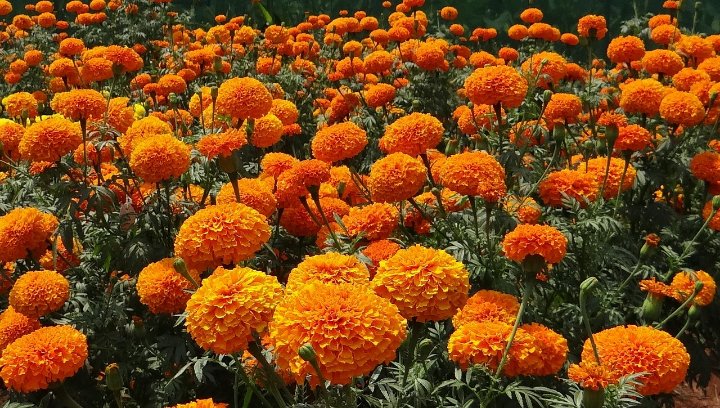
Marigolds are hardy annuals that can be planted in March. They prefer warm temperatures and thrive in well-drained soil. Especially popular for their pest-repelling properties, marigolds are perfect for vegetable gardens and can bloom from spring until the first frost. They do particularly well in full sun and can handle a range of soil types.
Cosmos
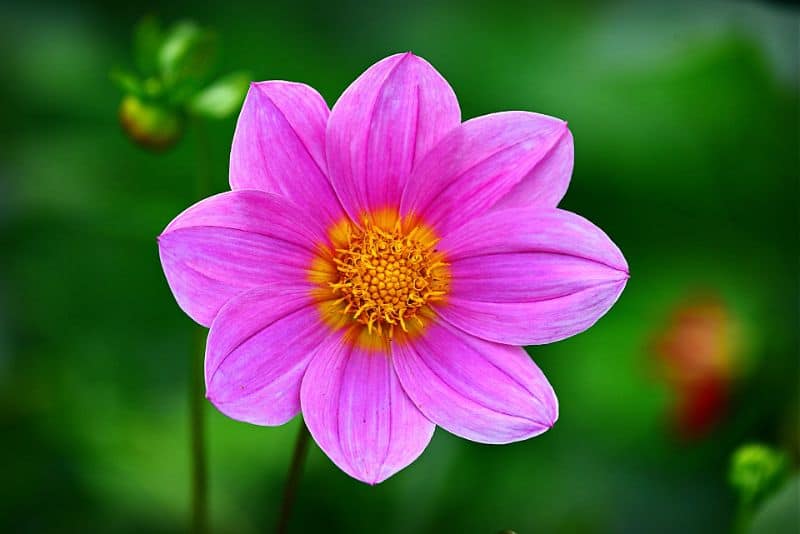
Cosmos are vibrant, carefree flowers that thrive in warm weather. Plant seeds outdoors in March after the last frost. They prefer sunny spots with well-drained soil and can tolerate dry conditions. Cosmos can grow quite tall and produce an abundance of blooms in a variety of colors, attracting pollinators, which adds biodiversity to your garden.
Zinnias
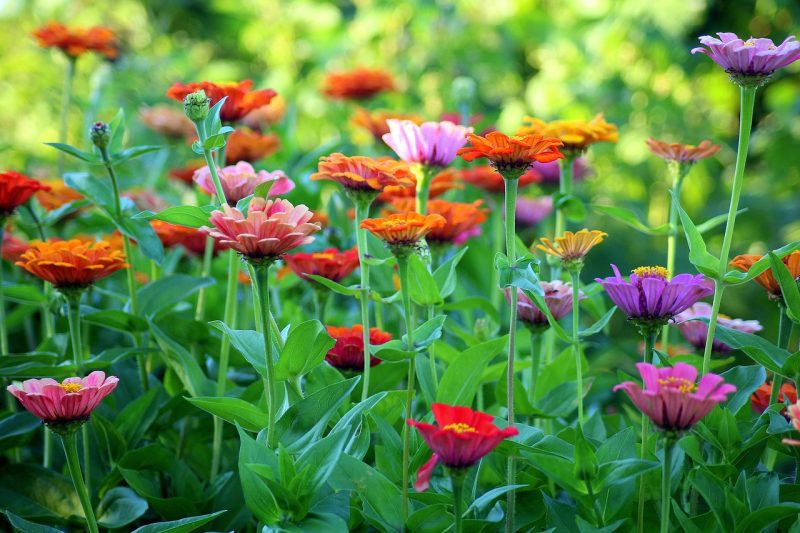
March is the prime time for sowing zinnias in Georgia. These cheerful, colorful flowers thrive in full sun and prefer well-drained, slightly acidic soil. Zinnias flourish in temperatures ranging from 65°F to 80°F and can bloom from summer through fall with minimal care. As they attract butterflies, zinnias are a favorite in pollinator gardens.
Asters
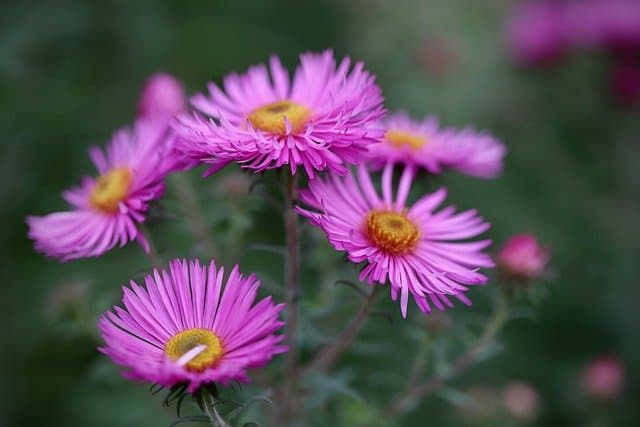
Asters can be seeded in March for later blooming in the late summer and fall. They prefer cooler weather and thrive best in temperatures under 70°F. Plant these perennial flowers in a sunny location, as they require full sun and well-drained soil. Asters can provide stunning blooms that not only enhance the garden’s appearance but also draw more pollinators in late summer.
Black-eyed Susans
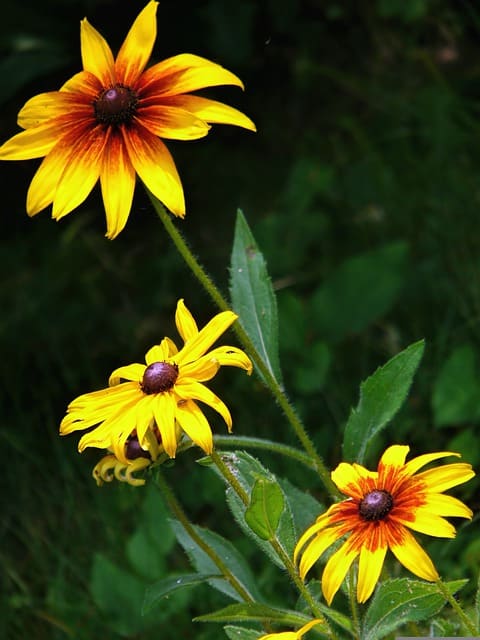
These perennial beauties can be planted in March to bring a sunny disposition to Georgia gardens. Black-eyed Susans thrive in full sun and prefer well-drained soil. They are known to tolerate drought and attract butterflies, making them ideal for low-maintenance gardens. Planting them now will guarantee vibrant blooms from mid-summer until fall.
Dahlia
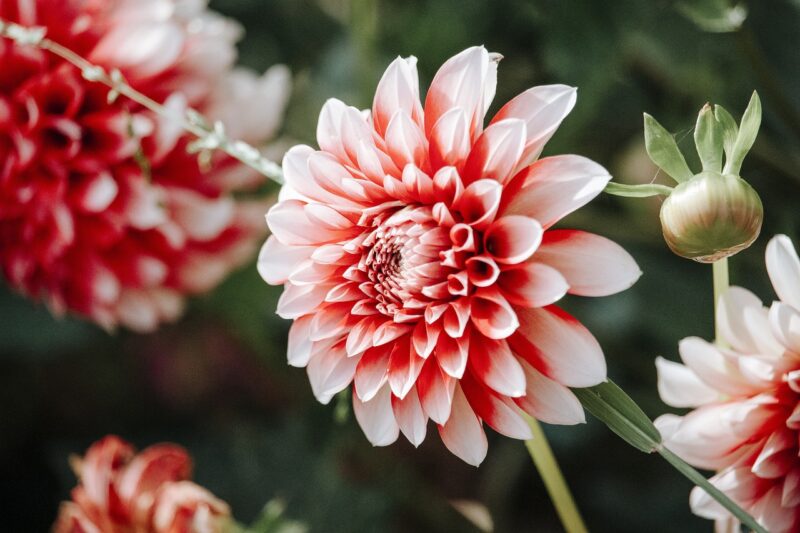
Dahlia tubers can be planted in late March after the last frost in the warmer areas of Georgia. These stunning perennial flowers enjoy warm conditions and well-drained soil. They produce spectacular blooms in various shapes and sizes, enriching your garden with bright colors. Dahlias thrive best when planted in a sunny location and require regular watering.
Sunflowers
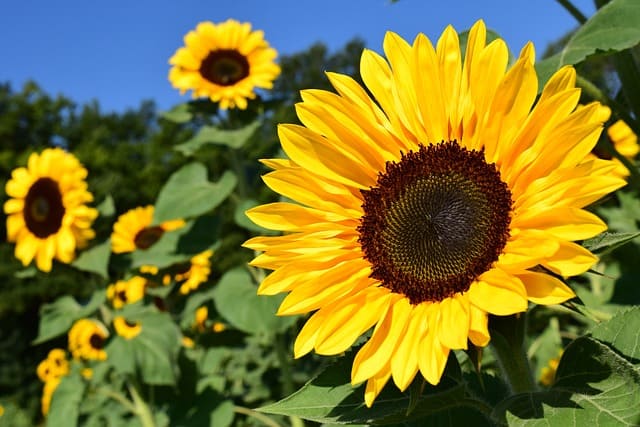
March is a lovely time to start sunflowers, especially in the southern regions of Georgia. These cheerful giants prefer full sun and well-drained soil, thriving in temperatures that hit 70°F or higher. Sunflowers are easy to grow, reaching impressive heights, and can add a whimsical touch to both gardens and landscapes. They bloom in mid-summer, attracting various wildlife.
Herbs To Plant
Herbs can be an excellent addition to your March garden in Georgia. They not only provide flavor to your dishes but also enhance the aesthetic appeal of your garden. Here are ten herb options to consider.
Basil
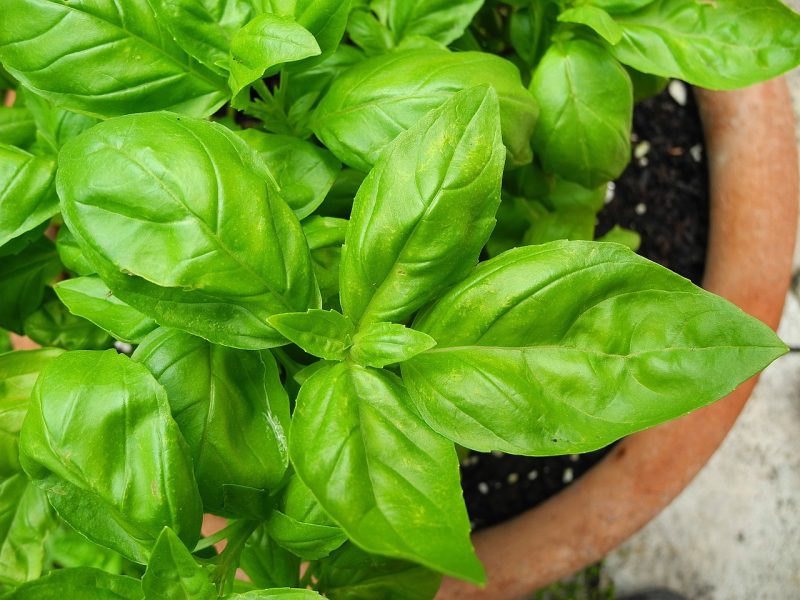
Basil is a favorite herb that can be started indoors in late winter but can be direct-seeded outdoors by late March. This warm-weather plant thrives in the heat and thrives optimally in temperatures of around 70°F to 90°F. Basil prefers well-drained soil with full sun exposure, and it pairs well with many vegetables, making it a kitchen essential.
Parsley
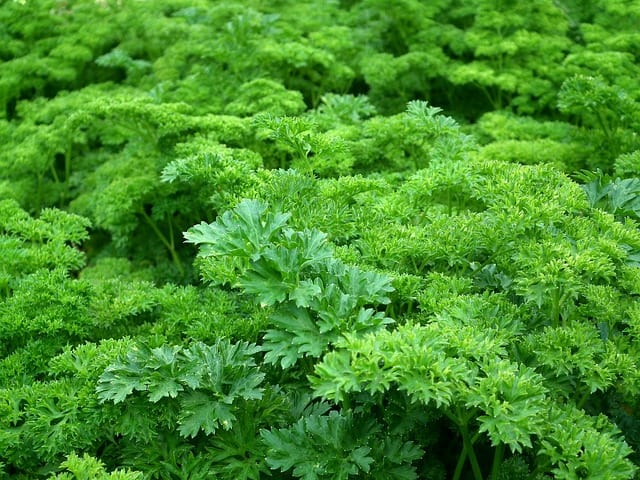
March is the right time to start parsley seeds. This biennial herb can be started directly in the garden, as it prefers cooler spring temperatures. It thrives best in temperatures of 60°F to 70°F. Parsley needs well-drained soil and benefits from regular watering. This versatile herb can be harvested for numerous dishes and garnishes.
Cilantro
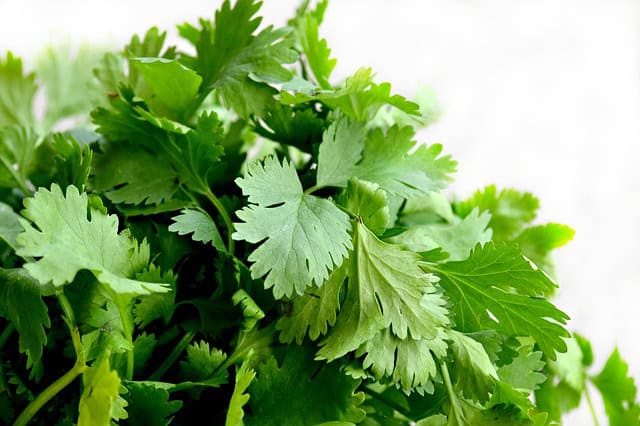
Also known as coriander, cilantro can be sown directly in your garden in March. Preferring cooler conditions, cilantro flourishes best in temperatures around 60°F to 70°F. It grows quickly and can be harvested within just three weeks of planting. Cilantro loves well-drained soil but can tolerate partial shade, making it a must-have for any herb garden.
Dill
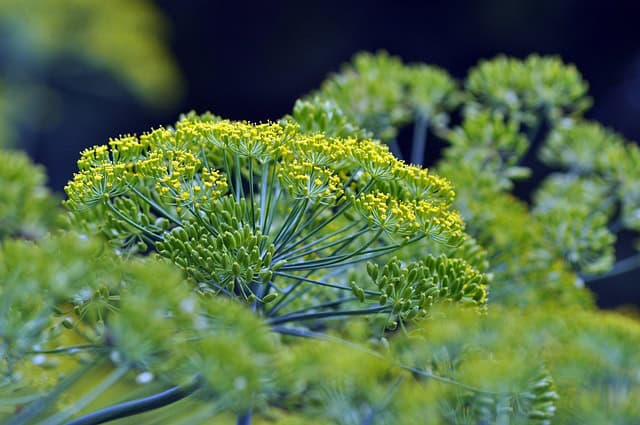
Plant dill seeds in March, ensuring that the soil is warm enough to support germination. Dill prefers temperatures between 60°F to 75°F and thrives in full sun with well-drained soil. It’s a resilient herb that is essential in many cuisines and will attract beneficial insects to your garden, contributing to the overall health of your ecosystem.
Thyme
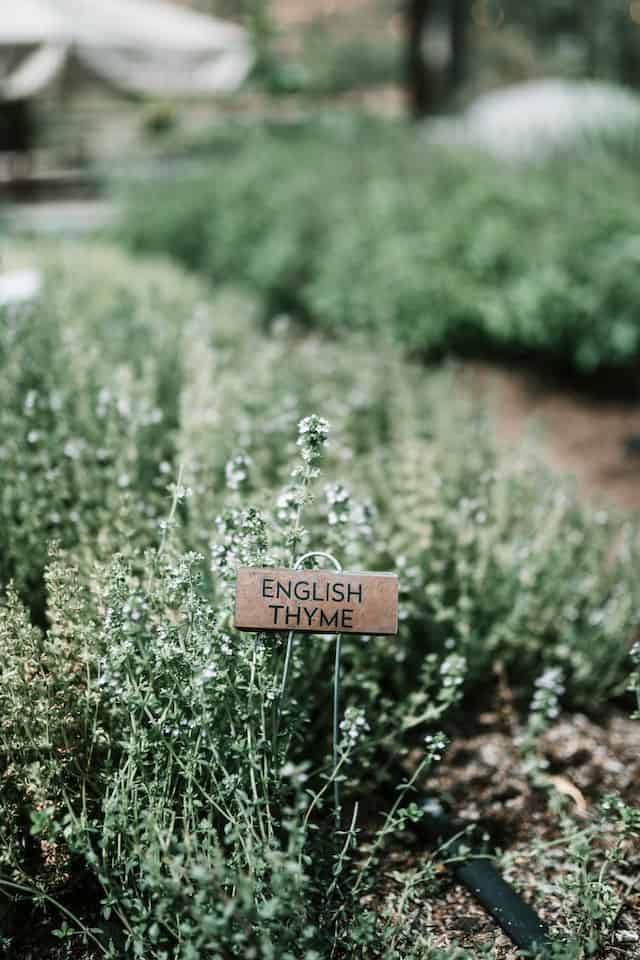
Thyme is a robust, aromatic herb that can be planted in March. This perennial herb flourishes in warmer climates and prefers full sun. It grows best in temperatures between 60°F and 80°F and requires well-drained soil. Thyme is a drought-resistant herb, making it low-maintenance while providing flavor to various culinary delights.
Oregano
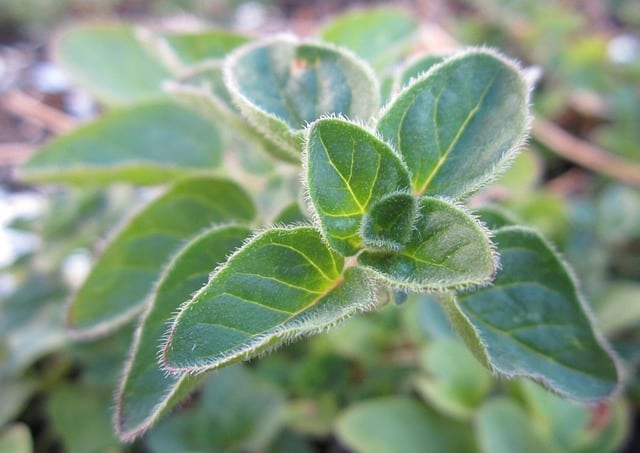
Oregano can be planted outdoors in March as temperatures begin to rise. It thrives in full sun and well-drained soil, preferring conditions between 60°F to 80°F. Oregano is a perennial herb that will thrive in Georgia’s warm climate and can be used in many Mediterranean dishes. Additionally, it can be grown as a low hedge or ground cover in gardens.
Chives
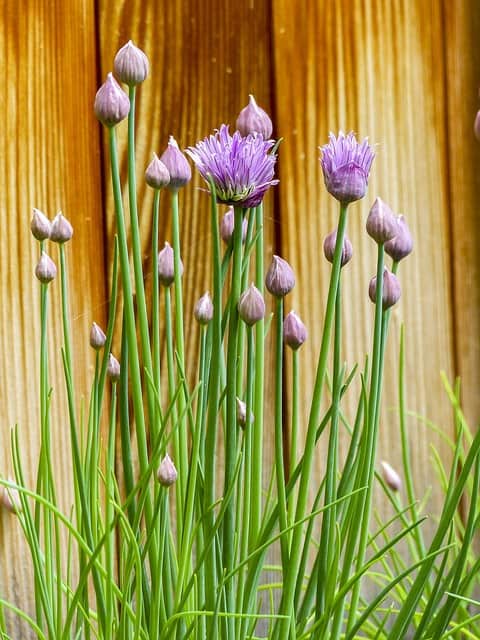
Chives can be sown in March once the soil is workable. This perennial herb prefers cooler temperatures and will germinate when the soil reaches about 60°F. Chives need full sun and well-drained soil, and they will produce attractive purple flowers, making them a beneficial addition to your herb garden.
Mint
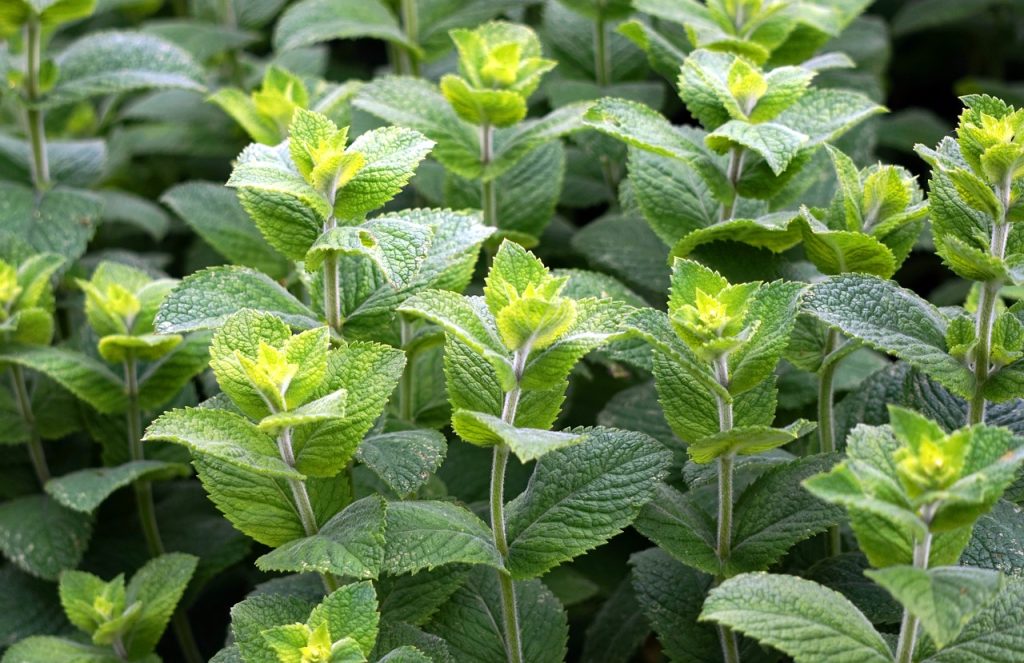
Mint can be planted in March but is best managed in pots due to its invasive nature. It thrives in moist, well-drained soil and can tolerate partial shade to full sun. Optimal growing temperatures for mint are between 60°F and 75°F. Mint is a vigorous grower, perfect for adding freshness to beverages and culinary dishes.
Sage
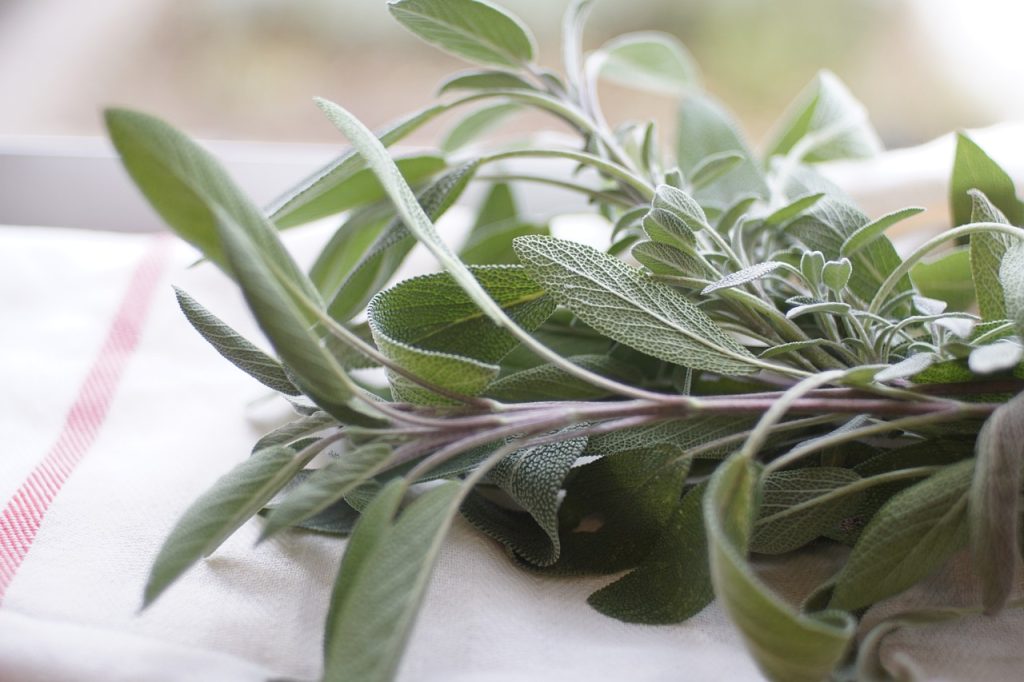
Sage can be planted in mid to late March. This woody herb prefers well-drained soil and thrives in sunny conditions with optimal temperatures between 65°F and 75°F. Sage is a perennial herb that can add a delightful flavor to various dishes and is a natural insect repellant as well.
Rosemary
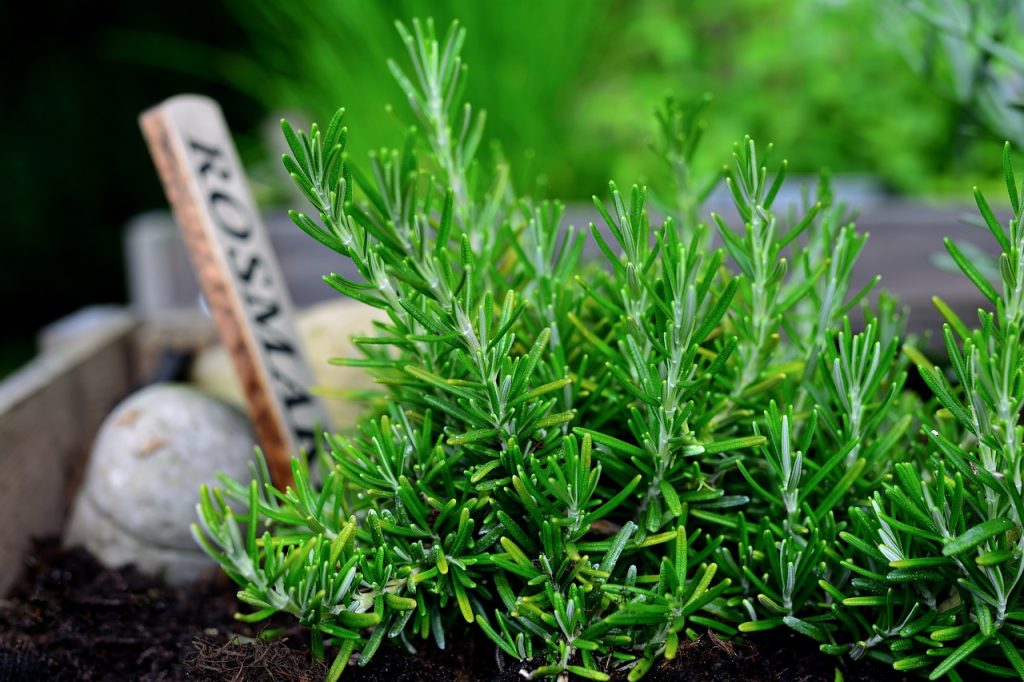
Plant rosemary in late March, especially in Georgia’s warmer zones. This perennial herb enjoys full sun and well-drained soil, thriving in sunny locations with temperatures between 70°F to 80°F. Rosemary is drought-resistant and versatile in both culinary applications and ornamental gardens, enriching your space with fragrance and beauty.
Landscape Plants To Plant In March
Selecting the right plants for landscape design in March can create a stunning environment that radiates beauty. Here are ten recommended landscape plants suitable for Georgia.
Dogwood Trees
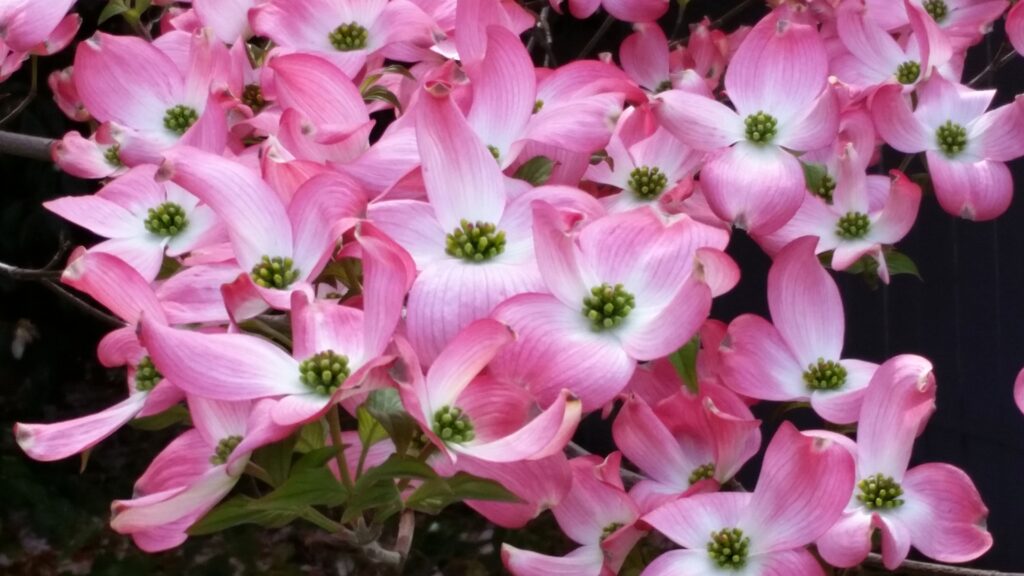
March is an excellent time to plant dogwood trees in Georgia. Known for their stunning flowers, these trees thrive in partial shade and well-drained, acidic soil. They prefer temperatures of 60°F to 75°F, making March an ideal planting time as they bloom beautifully in the spring.
Azaleas
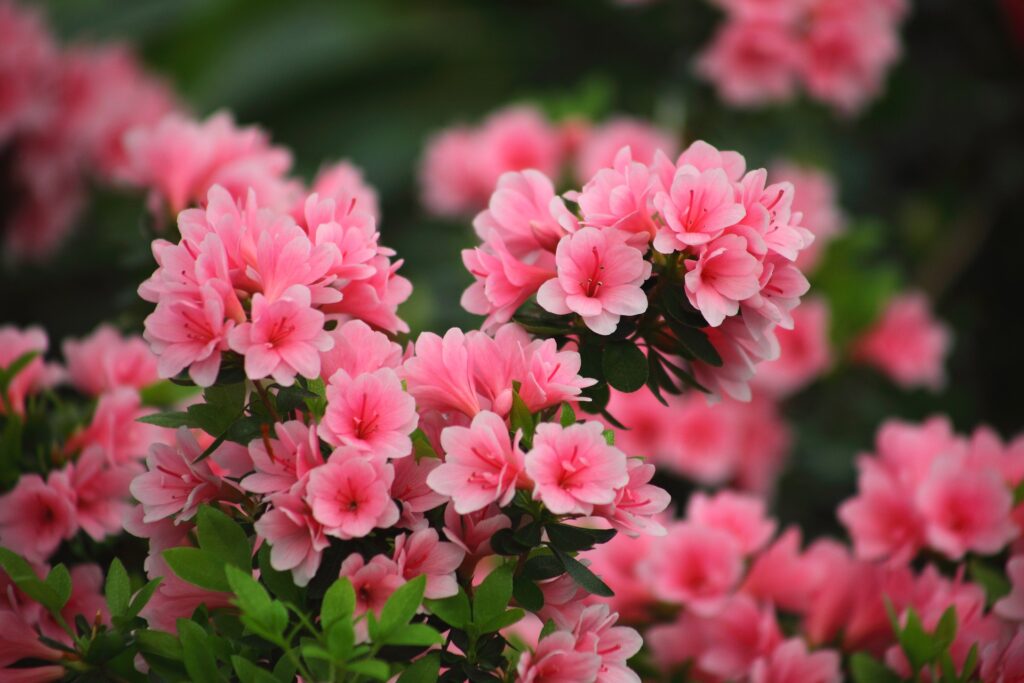
Azaleas are one of Georgia’s signature landscape plants that burst into a riot of color in spring. Plant them in March to takeaway advantage of the moist, spring soil. They thrive in partial shade and acidic soil, and the temperature should be around 60°F to 70°F for optimal growth.
Crape Myrtle
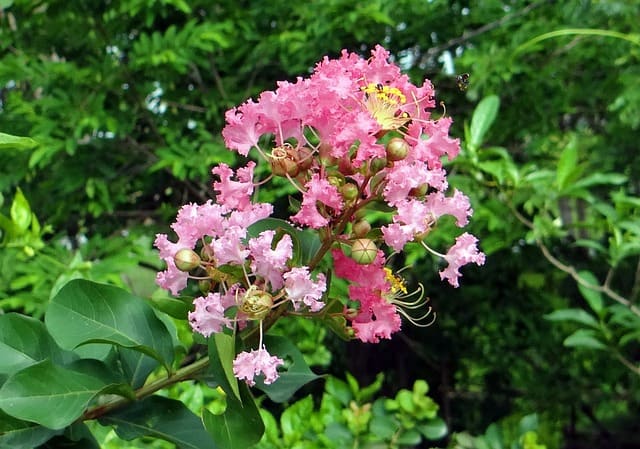
Crape myrtle is a popular choice for vibrant summer blooms. They can be planted in March when the frost risk diminishes. These drought-resistant shrubs thrive in full sun and well-drained soil, preferring temperatures of 65°F to 90°F. They offer a stunning range of colors and sizes, making them a great addition to any landscape.
Camellias
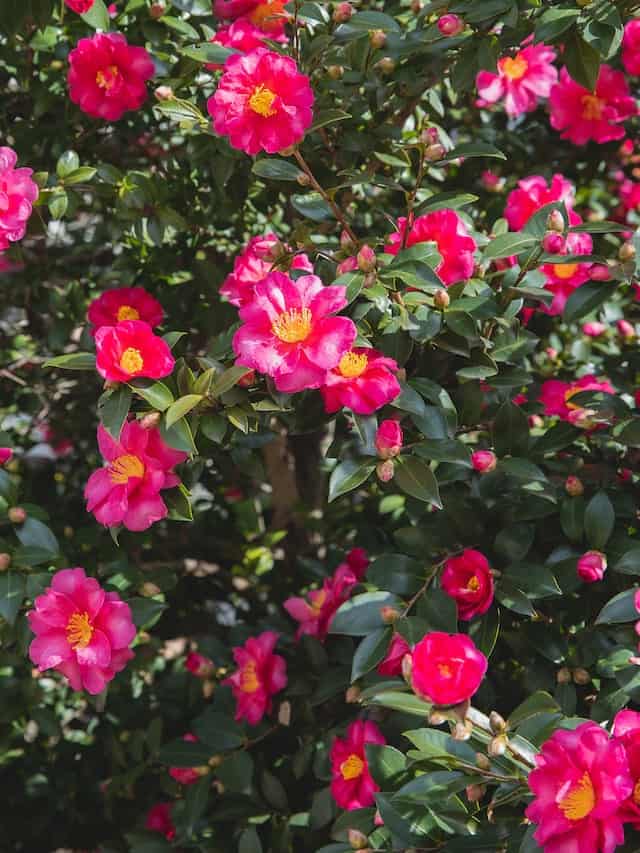
March is an exceptional time to plant camellias, especially as many varieties begin to showcase their blooms. These evergreen shrubs thrive in partial shade and prefer well-drained, acidic soil. They flourish in temperatures around 60°F to 75°F, and their lush foliage provides year-round interest.
Hydrangeas
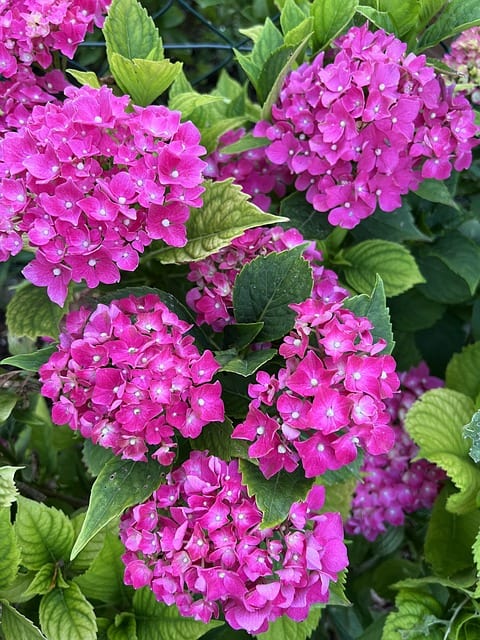
Hydrangeas can be planted in late March to take advantage of spring’s moisture. These vibrant shrubs prefer well-drained soil and will thrive in full sun to partial shade. They’re perfect for adding a stunning splash of color, blooming beautifully throughout the summer months. Temperatures around 60°F to 75°F are ideal during planting.
Holley Fern
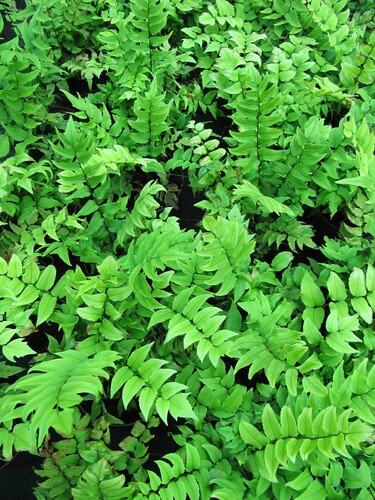
The holly fern is a great evergreen landscape plant that can be placed in shaded areas. Planting in March helps establish its roots before the summer heat arrives. It flourishes best with cool, moist soil and temperatures of around 50°F to 70°F, adding lush greenery to your landscape.
Red Maple
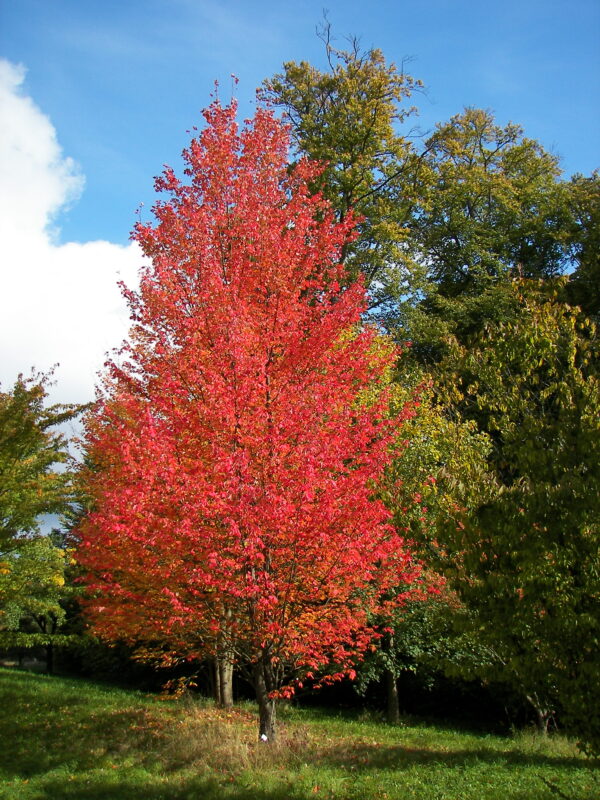
March is an appropriate time to plant red maple trees, known for their brilliant fall color. They thrive in both sun and partial shade and prefer moist, well-drained soil. Optimal planting temperatures range from 60°F to 80°F, providing a bountiful growth season.
Juniper
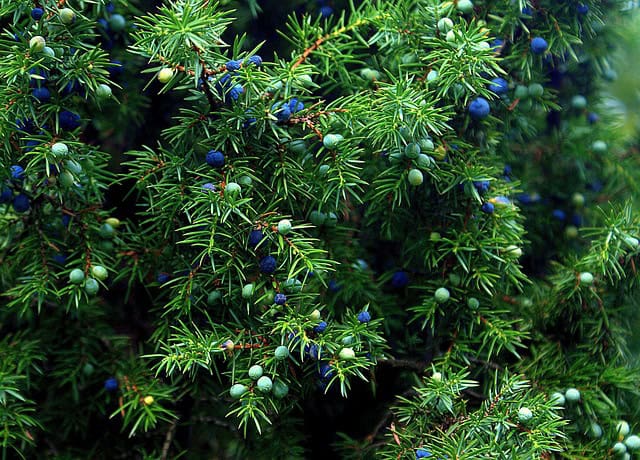
Various juniper species can be planted in March for added evergreen structure and texture in landscapes. They prefer full sun and well-drained soil conditions, thriving in a temperature range of 60°F to 85°F. Their drought resistance makes them fantastic low-maintenance options.
Boxwood
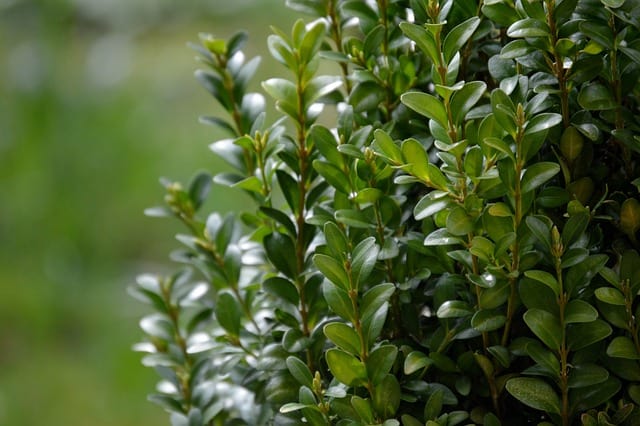
Boxwoods are classic evergreen shrubs that can be planted in March. They prefer rich, well-drained soil and full sun or partial shade. Boxwood thrives in cooler temperatures, around 60°F to 70°F, and their shape can provide a formal structure to any garden or landscape design.
Indian Hawthorn
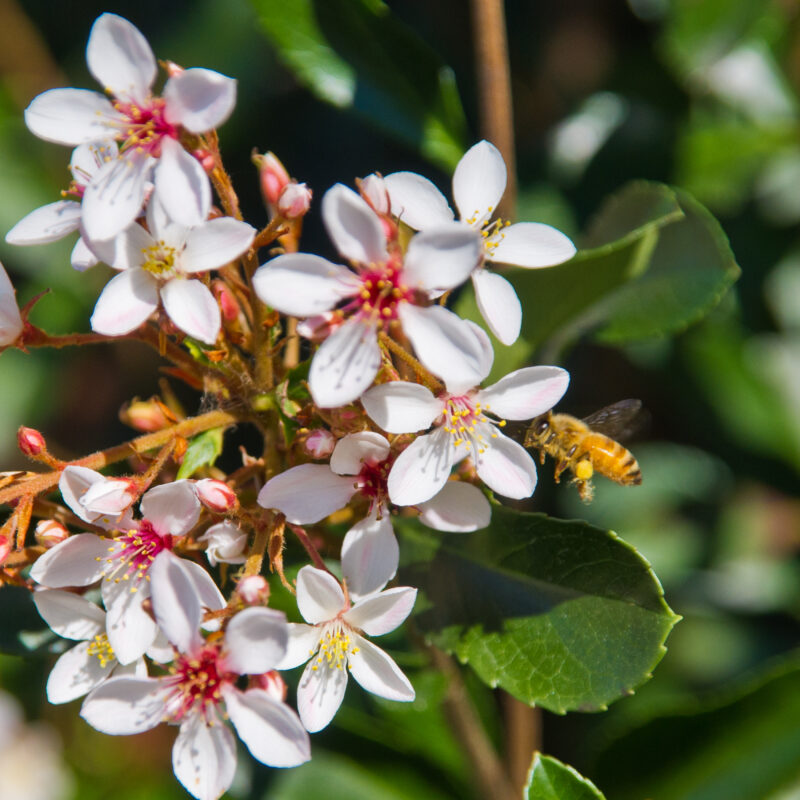
Indian hawthorn is a lovely evergreen shrub ideal for planting in March. They thrive in full sun and prefer well-drained soil, with temperatures between 60°F and 75°F for optimal root establishment. This shrub produces fragrant pink or white flowers that bloom beautifully in spring.
FAQ
What is the best time to plant vegetables in Georgia?
The best time to plant vegetables in Georgia varies based on the USDA hardiness zone but generally ranges from late winter to early spring (February to March) for cool-season crops, while warm-season crops can be planted from late March through May.
Can I plant flowers and vegetables at the same time?
Yes, many gardeners plant both flowers and vegetables in the same garden space. Just make sure to check the spacing and sunlight requirements for each to ensure they thrive.
Is it necessary to start seeds indoors before planting them outside?
While starting seeds indoors can give your plants an early start, it’s not necessary for all vegetables and flowers. Many seeds can be sown directly in the ground in March, especially cool-season crops.
How should I prepare my garden soil for planting in March?
To prepare your soil, till it to a depth of at least 12 inches, remove rocks and weeds, and mix in organic matter such as compost to enrich nutrient levels and improve drainage.
What should I do if there is still a threat of frost after I have planted?
If frost threatens your newly planted seedlings, you can cover them with floating row covers, blankets, or sheets during the night to provide protection. Make sure to uncover them when temperatures rise during the day.





